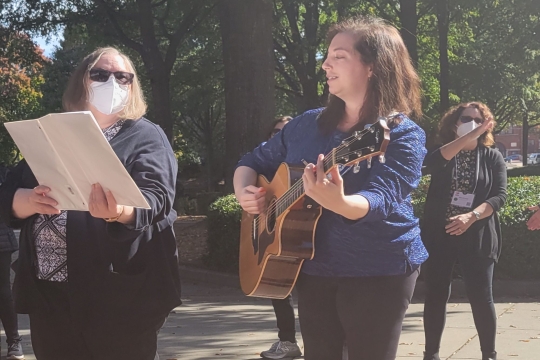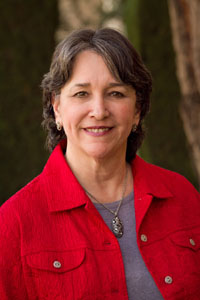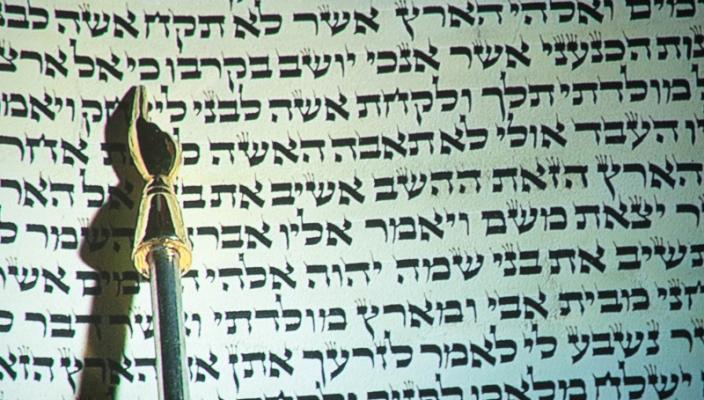
I now realize the real definition of “retirement” (which began this past July) is “time to go through memorabilia and look over your life!”
I have done just that, and, in the process, I stumbled upon a precious piece of my past. I found the composition notebook in which my rabbi had me prepare for becoming a Bat Mitzvah.
My Bat Mitzvah. November 23, 1968. My Torah portion was Tol’dot (Generations) and, if I read my composition notebook correctly (and trust my memory), I was “guided” to be on “Team Jacob.” I learned from my Torah portion that Rebekah realized that she had “two nations in her womb,” two babies soon to be named Jacob and Esau. In my preparation notes, I wrote that Rachel loved Jacob and Isaac loved Esau. That Jacob was a quiet, homebody, and Esau was a hunter and “ruddy” (as if a 13-year-old girl would know what “ruddy” meant. I remember thinking that it was not pleasant).
Everything the rabbi shared with me about Jacob and Esau painted Jacob as the “team” I wanted to be on. However, rereading it some 52 years later, my reaction was, “Wait a minute. It’s not that simple!” I want to know more about each of the two men and don’t want to “pick a team.” I’m embarrassed to say that it took many years – and a HUC rabbinic student’s sermon about Esau – to shake up my understanding of the Torah portion and encourage me to reimagine the dynamics within it.
What I found most disturbing, however, was the apparent lack of curiosity on my part. Nowhere in my composition book – amidst answering the rabbi’s critical questions and explaining prayers – did I see any questioning regarding the Torah portion. No, “Why did she…? Or How come Isaac…? Or I wonder how Esau felt about the birthright as he was willing to trade it for food…?” and more. Granted, my Bat Mitzvah was 52 years ago, and I was (if memory serves correctly) the first - or one of the first - girls to become Bat Mitzvah in that synagogue. So, it appears that I was simply put through the basic motions, to learn to lead the prayers and chant Torah and Haftarah and say a few words about what it means to become a Bat Mitzvah. Nowhere did it appear that anyone instilled in me a curiosity or the desire to dig deeper into the text to understand it more fully and from several different perspectives–a quality that would enrich my life in so many ways.
I wonder what I might have asked about the Torah portion had I been curious to ask more questions. Being curious is a quality that I am now encouraged to have as a Reform Jew. As with any healthy relationship, it is important to ask questions of my Torah and to seek to understand it as much as possible. Then, and only then, will the beauty of Torah grow in my life.
As a thirteen-year-old, I might have wanted to know more about why it seemed that Rebekah loved Jacob more, and Isaac loved Esau more. And what really is this birthright? What might it look like in my world? And sibling rivalry? What could I learn from the Torah portion and possibly apply to my own life? How could I have better understood the family dynamics, so I didn’t grow up thinking I was “Team Jacob?” That way of thinking -- a good/bad, either/or mindset -- was not helpful in growing up. I wish I had developed a better understanding of these relationships, with different lenses to examine the text, to understand what the people involved were truly all about. Then, and only then, might I have understood Jacob and Esau more fully, and I might have given “Team Esau” more of a chance. Better yet, I might have seen Jacob and Esau just as members of a family, not individual teams. A family with “family dynamics,” not unlike so many of our own families.
Torah is a “Tree of Life.” I encourage us all to have the curiosity to understand it as that, a glance at life as it really happens.
Related Posts
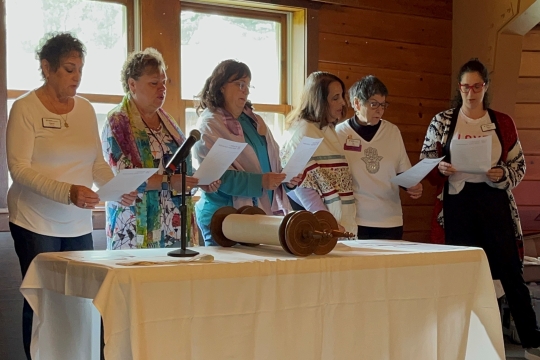
Parashat Yom Rishon shel Rosh HaShanah
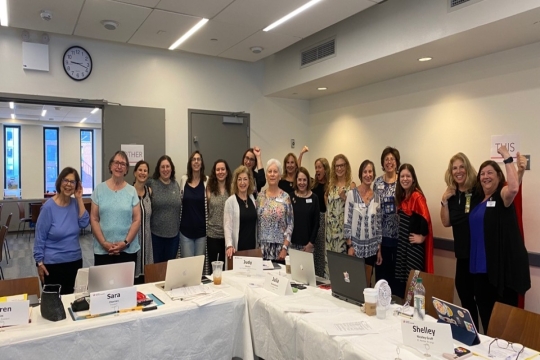
Cultivating a Culture of Accountability and Belonging
